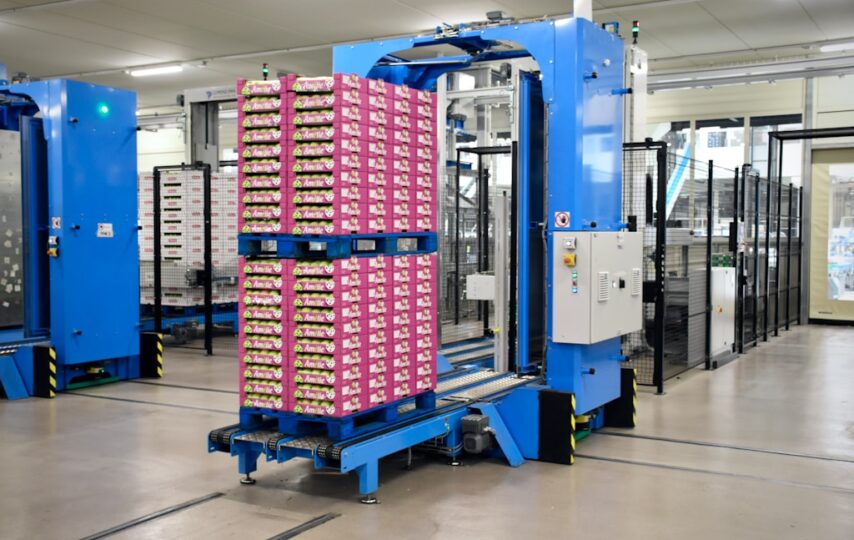In the era of digitalization and the dynamic development of e-commerce, managing supply chains has become increasingly complex and demanding. In this context, intralogistics—the internal logistics of enterprises—plays a crucial role in optimizing warehouse and production processes. The use of advanced automation systems has become not just a trend, but a necessity that allows companies to maintain competitiveness in the market.
Intralogistics Automation
Intralogistics automation involves the implementation of technologically advanced systems designed to increase operational efficiency in warehouses and distribution centers. These systems integrate various components such as robotics, warehouse management software (WMS), and advanced sorting systems. The application of such solutions significantly accelerates all internal processes, from goods receipt through storage to order picking and shipment.
Key Benefits of Intralogistics Automation
- Increased Productivity – Automation allows for faster and more accurate order processing, which is crucial in the e-commerce sector where the time of order fulfillment is critical for customer satisfaction.
- Error Reduction – Automatic systems minimize the risk of human errors that can lead to inventory management or shipping problems.
- Warehouse Space Optimization – Advanced warehouse management software algorithms enable better use of available space, which is especially important in the context of rising real estate prices.
- Improved Work Safety – Automating heavy and repetitive tasks reduces the risk of accidents and improves overall working conditions for warehouse staff.
The Future of Intralogistics
The development of technologies such as the Internet of Things (IoT), artificial intelligence (AI), and machine learning opens up new possibilities for further automation and integration of intralogistic systems. Thanks to these technologies, future intralogistic systems will be even more integrated, autonomous, and flexible, allowing for quick adaptation to changing market conditions and customer requirements.
Conclusion
Today, intralogistics automation is not only an opportunity but a necessity for companies that want to effectively compete in the global market. Investments in modern technologies and systems not only optimize costs and processes but also improve customer service quality. Modern intralogistics is not just about warehouses and transport; it primarily involves advanced computer systems that manage the flow of goods in a way that is impossible to achieve by humans without the support of appropriate tools.








